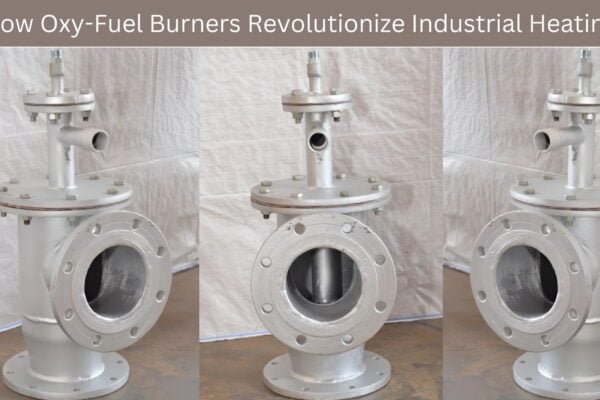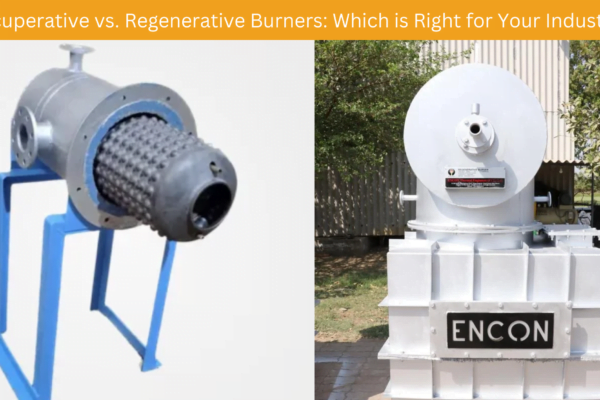Self-recuperative burners are a type of industrial burner that is used in a variety of applications, including metal processing, glass melting, and ceramic production. In this article, we will explore what self-recuperative burners are, how they work, and their benefits for industrial processes.
What are Self-Recuperative Burners?
Self-recuperative burners are industrial burners that use a heat exchanger to recover waste heat from exhaust gases. The heat exchanger is typically located within the burner and is made up of a series of tubes that are heated by the exhaust gases as they leave the burner. The recovered heat is then used to preheat the combustion air before it enters the burner, which increases the efficiency of the combustion process.
How do Self-Recuperative Burners Work?
Self-recuperative burners work by recovering waste heat from the exhaust gases and using it to preheat the combustion air. When the burner is ignited, fuel is mixed with air and burned in the combustion chamber. As the exhaust gases leave the burner, they pass through the heat exchanger, which is located within the burner. The heat exchanger is made up of a series of tubes that are heated by the exhaust gases as they pass through.
The recovered heat is then used to preheat the combustion air before it enters the burner. This increases the temperature of the combustion air, which increases the efficiency of the combustion process. As a result, self-recuperative burners use less fuel and produce fewer emissions than traditional burners.
Benefits of Self-Recuperative Burners
There are several benefits to using self-recuperative burners in industrial processes. First, self-recuperative burners are more efficient than traditional burners. By recovering waste heat from the exhaust gases and using it to preheat the combustion air, self-recuperative burners use less fuel and produce fewer emissions. This translates to lower energy costs and a smaller carbon footprint for industrial processes.
Another benefit of self-recuperative burners is their ability to reduce downtime in industrial processes. Because the burners are more efficient, they produce less waste heat, which can help to reduce the need for cooling and ventilation systems. This can lead to fewer shutdowns and maintenance issues, which can increase productivity and reduce costs for industrial processes.
Applications of Self-Recuperative Burners
Self-recuperative burners are used in a variety of industrial applications, including metal processing, glass melting, and ceramic production. In metal processing, self-recuperative burners are used for processes such as forging, casting, and heat treating. In glass melting, self-recuperative burners are used to melt the glass and maintain the desired temperature during the melting process. In ceramic production, self-recuperative burners are used for processes such as drying, firing, and glazing.
Conclusion
Self-recuperative burners are a cost-effective and environmentally friendly option for industrial processes. By recovering waste heat from the exhaust gases and using it to preheat the combustion air, self-recuperative burners are able to increase the efficiency of the combustion process, reduce fuel consumption, and lower emissions. With their ability to reduce downtime and maintenance issues, self-recuperative burners are an attractive option for industries looking to increase productivity and reduce costs.






